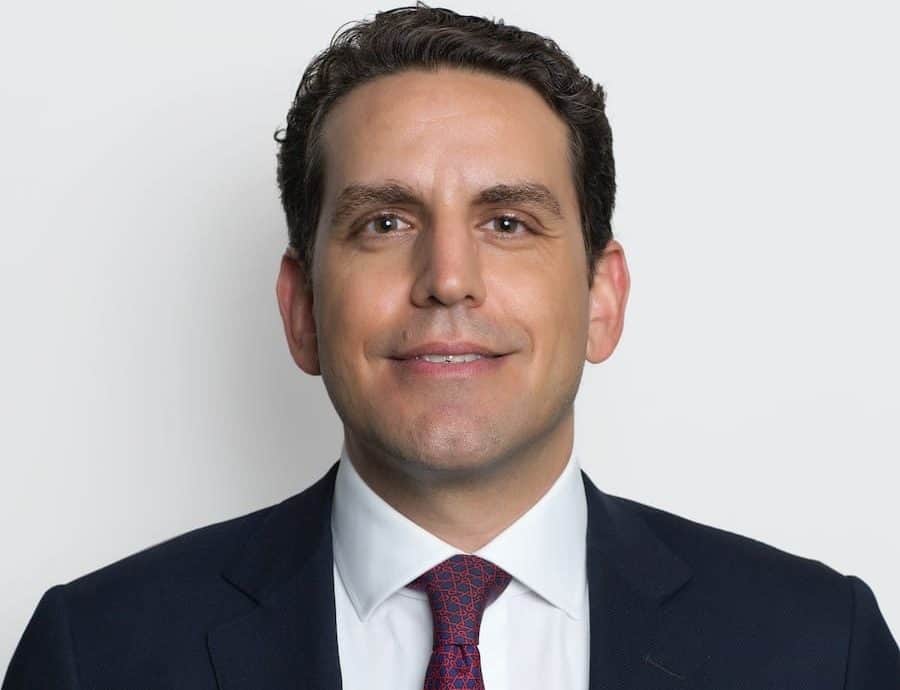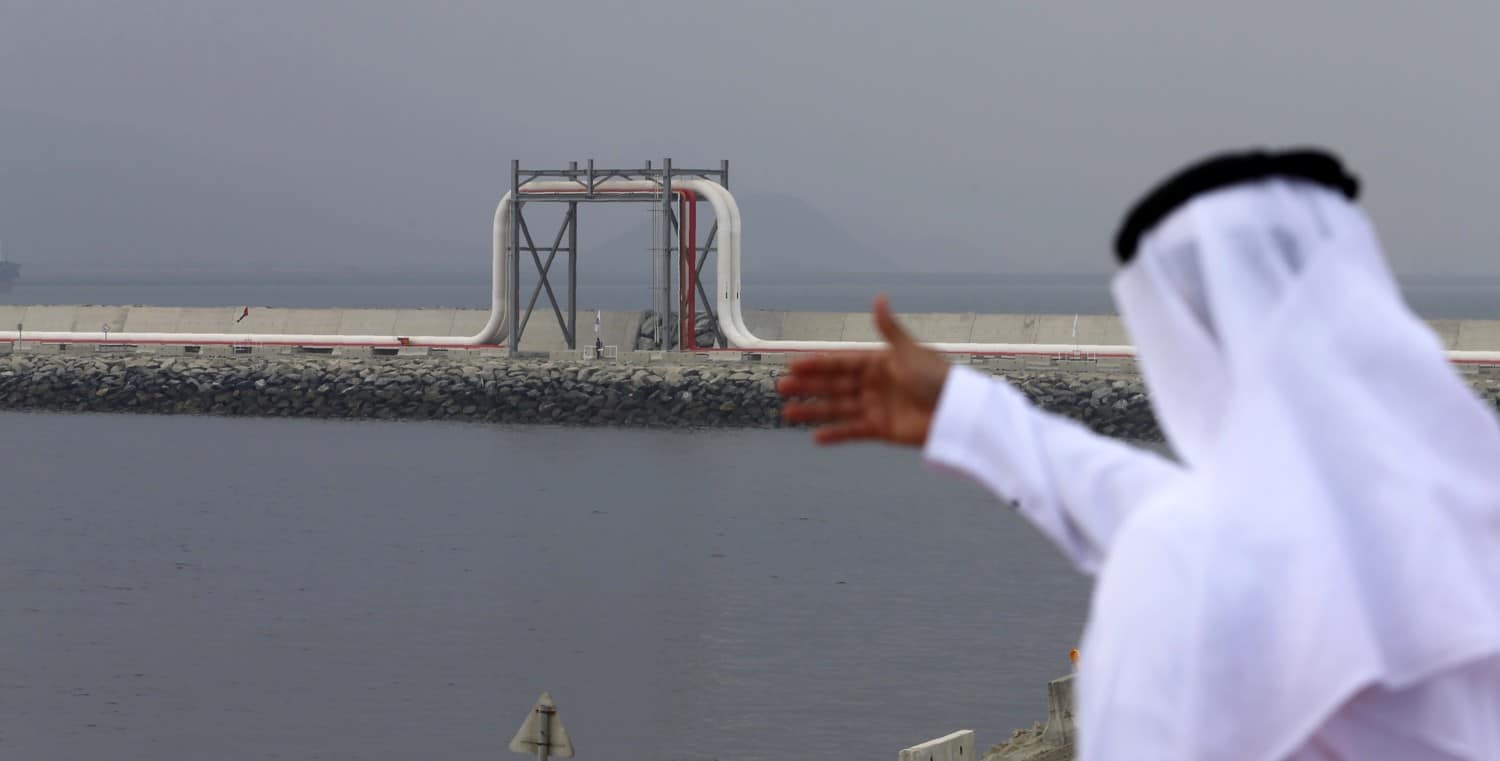Energy, utilities and natural resources, technology, media and telecom (TMT) and financial services have been the major sectors that have gone public in the GCC countries.

Omer Unsal, the Managing Partner at Odin Financial Advisors, told TRENDS on the sidelines of the TOP CEO Conference 2022 that Energy, Utilities and Natural Resources accounted for 42 percent of the total IPO proceeds, TMT 27 percent and financial services 21 percent.
“These sectors are expected to lead the GCC IPO market in 2022, as the main drivers behind the IPOs will be government-owned entities that primarily operate in these sectors,” he added.
Overall, equities in GCC capital markets performed well, with deal volume and valuation up 369 percent in 2021 compared to 2020, bringing in $7.7 billion in new money.
This is in line with the robust worldwide performance of equities capital markets generally.
Positive Contributors
According to Unsal, positive factors that are expected to contribute to the GCC IPO activity are:
- Increase in the weight of the GCC equity market in the Emerging Market Index, bringing new passive capital flows to the GCC markets. (Due to the removal of Russia from the EM Index).
- Strong IPO pipeline consisting of government and state-owned companies.
- Soaring oil prices.
- Remaining private and public markets liquidity.
Yet, Unsal explained that the recent sell-off in global equities might eventually alter this positive sentiment in the coming months of 2022, considering the Fed’s decision to increase interest rates and the worsening of the Russia’s-Ukraine conflict.
On the other side, Unsal expects to see the positive momentum building again in the GCC IPO markets if the Russian-Ukraine conflict ends by June 2022.
Best ways to raise capital
- IPO: GCC markets will continue to see positive trends at the timely ending or settling of the global uncertainties.
- SPAC: Regulators are also considering different vehicles such as SPACs (Special Purpose Acquisition Companies) and market maker funds to improve liquidity and participation within their respective stock markets.
- Debt Capital Markets: Debt capital market activity in the MENA region hit a record high in 2020 at $140 bn in issuances driven by jumbo sovereign issuances. At $122 bn in issuances, 2021 had the second-highest ever volumes for the region.
- Private Equity and Venture Funds: VC deals surged to an all-time high in emerging venture markets (MENA, Turkey, and Pakistan) in 2021, increasing 267 percent compared to 2020. Turkey and the UAE together accounted for 44 percent of all VC investments. The entrepreneurial ecosystem has developed immensely in the region, which grew parallel with strong VC capital flows. GCC governments are increasingly providing regulatory support to startups and investors, according to Unsal.
- Venture Debt: Venture debt is a loan offered by banks and non-bank lenders explicitly designed for early-stage, high-growth companies with venture capital backing. In GCC, venture debt funding increased 4.2 times compared to 2020, with $257 million deployed into 14 investments.

